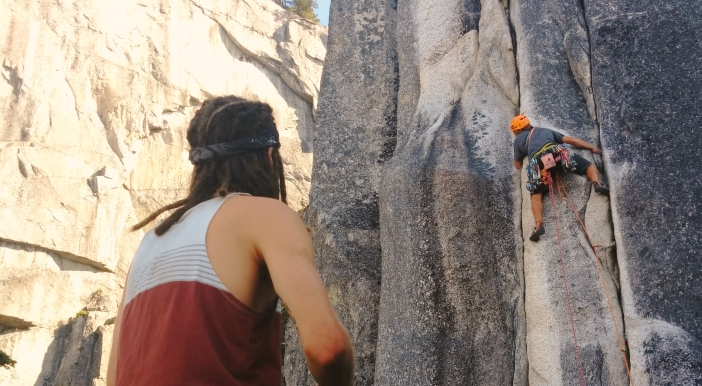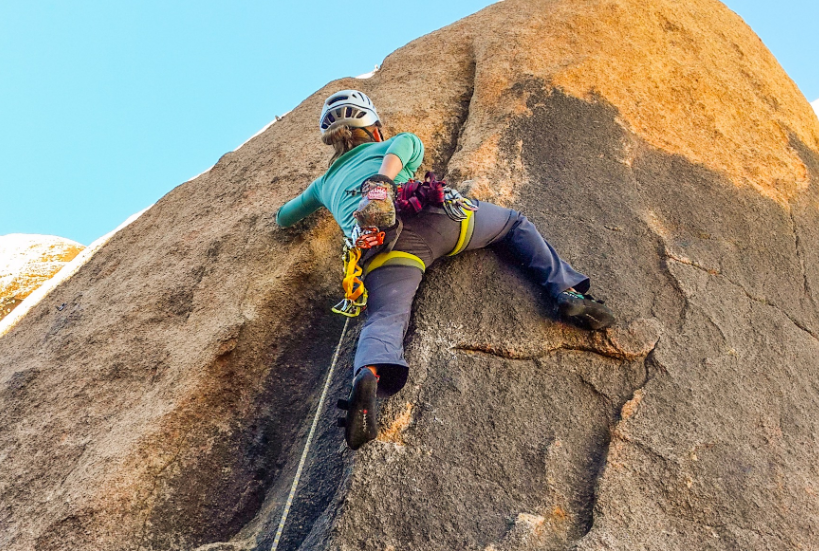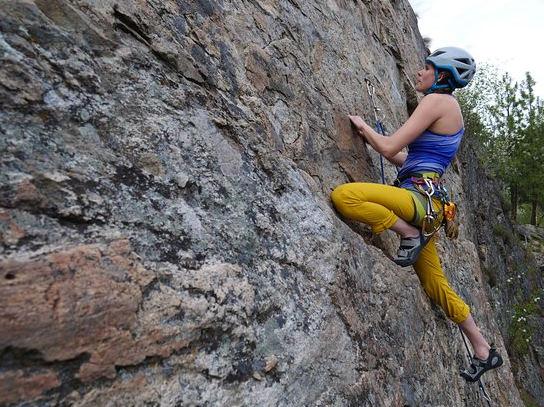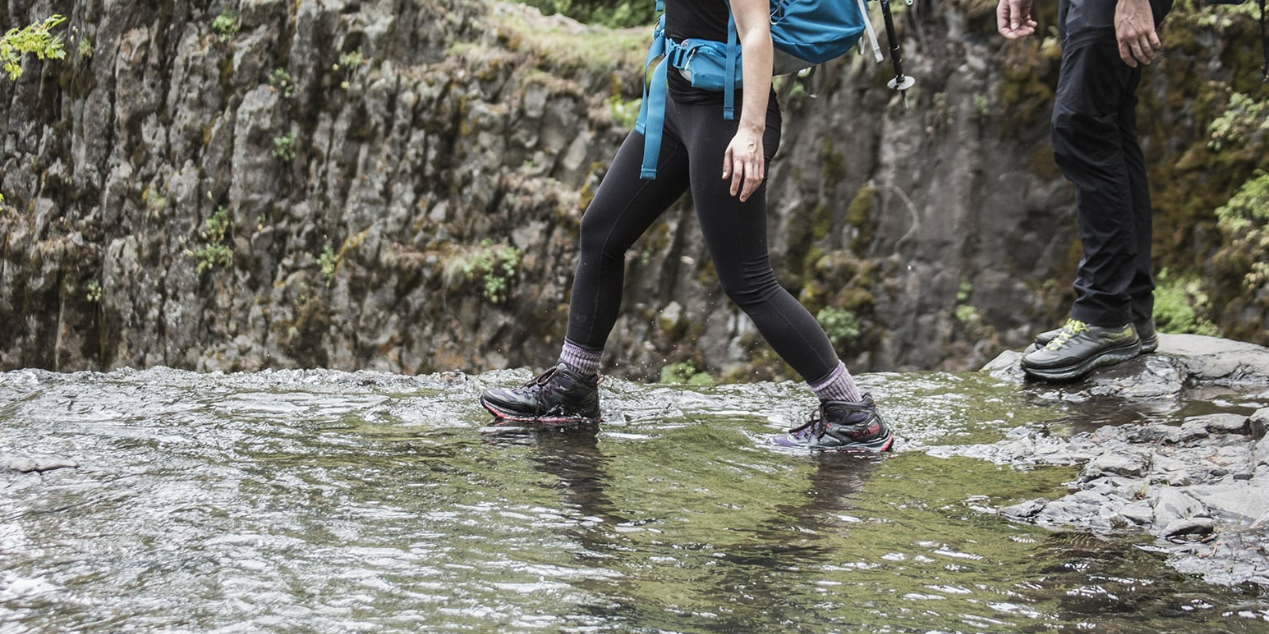The way to climb, recreation hiking, constructing a ground anchor and securing competently:
This article is meant to help climbers prepare for their first game mountain climbing tours. In case you’re analyzing this text, you are in all likelihood acquainted with mountaineering in your fitness center or abseiling at your nearby cliffs. Recreation mountaineering is now your subsequent step. There are specific abilities, education, and equipment required for secure outside hiking. Check out our site.
Allow’s start with the fundamentals. For climbing sports you need:

- A reliable harness.
- A reliable mountaineering rope with medium markings.
- Cozy mountaineering shoes. Her tight gymnastic bouldering footwear will possibly plague you on the wonderful partitions of Yosemite. I just like the Los Angeles Sportiva fable for multi-pitch crack hiking and greasing on slabs.
- A chalk bag on a chord that permits you to move your chalk bag far from your harness.
- A belay device that can also be used for rappelling. I really like to wear each the Petzl Reverso for abseiling and the Trango Cinch, an automatic locking device just like the Petzl grigri.
- A personal anchor gadget or a sequence. I just like the Metolius pas (non-public anchor machine).
- A variety of lock carabiners.
- Long slings (additionally called runners) with 2 non-lockable Carabiners every.
- A chain of speedy draws.
- A corselette for anchoring.
- A helmet for the belayer and the climber.
It’s far very helpful to arrive with a route book describing the climbs and their positions within the region you desire to ascend.

While selecting your first ascent, it’s miles advisable to warm as much as something less difficult than you’re used to. The actual rock feels absolutely one of a kind than the plastic handles located in gyms. The physical techniques and intellectual stress will absolutely be distinctive, even in case you are a hero for your neighborhood climbing gym. In addition, many rock parks are rated otherwise than gyms. Even mountaineering five.12 in the health club can cause problems with an upward thrust of 5.Eight. Yosemite and Joshua trees are notorious for being loaded with sandbags or rated lighter than they experience.
As soon as you have got decided on a route, you should locate it. Read through your e-book for guidelines and attempt matching the rock shapes above with the photograph. Start looking for screws. When you have discovered the course, remember the range of screws or study them. Attach sufficient fast pulls for your belt. Additionally, carry alongside your non-public anchor, your line, chalk, 5 carbines and all of the other pieces of safety wished for the path. Discover in which the pinnacle anchor is. Usually, you may see two or three bolts and/or a tab or other apparent stop of the playing subject.

You can connect your private anchor to the securing loop of your harness with a strap eyelet. Connect a snap hook to the alternative end and fasten it on your harness loops. Lay the rope on a tarp or rope lower back to ensure that the rope has no entanglements or compromises. Tie a standard knot (eight) through both loops in your belt at one quit of the rope. Make sure that the knot is near your harness and you have a tail that is securely tied. Make sure both your harness and your belayer’s harness are double-secured. Your safer will tie himself to the opposite cease of the rope.
Ensure your safer is familiar with lead-based fuse strategies. You must at ease it together with your belay device earlier than you depart the floor. If you climb to the first screw, they must apprehend you in case of a fall.
While you reach the first screw, make sure it isn’t some distance above or underneath you. Often the primary mountaineering screw is excessive up. This is to save you people who are not committed to beginning the ascent. Hopefully, the bolt looks stable in the rock, and not using rust or apparent growing older, and it does not move in any respect.
Conclusion
You have to make your self as comfy as possible after which make a brief draw or an alpine draw (two carbines with a runner in among). Climb a carbine through the bolt with the gate away from the rock. Factor out in your belayer that you are reducing and snatch the dangling rope beneath your parent-eight knot and slip it into the alternative Carabiner.


